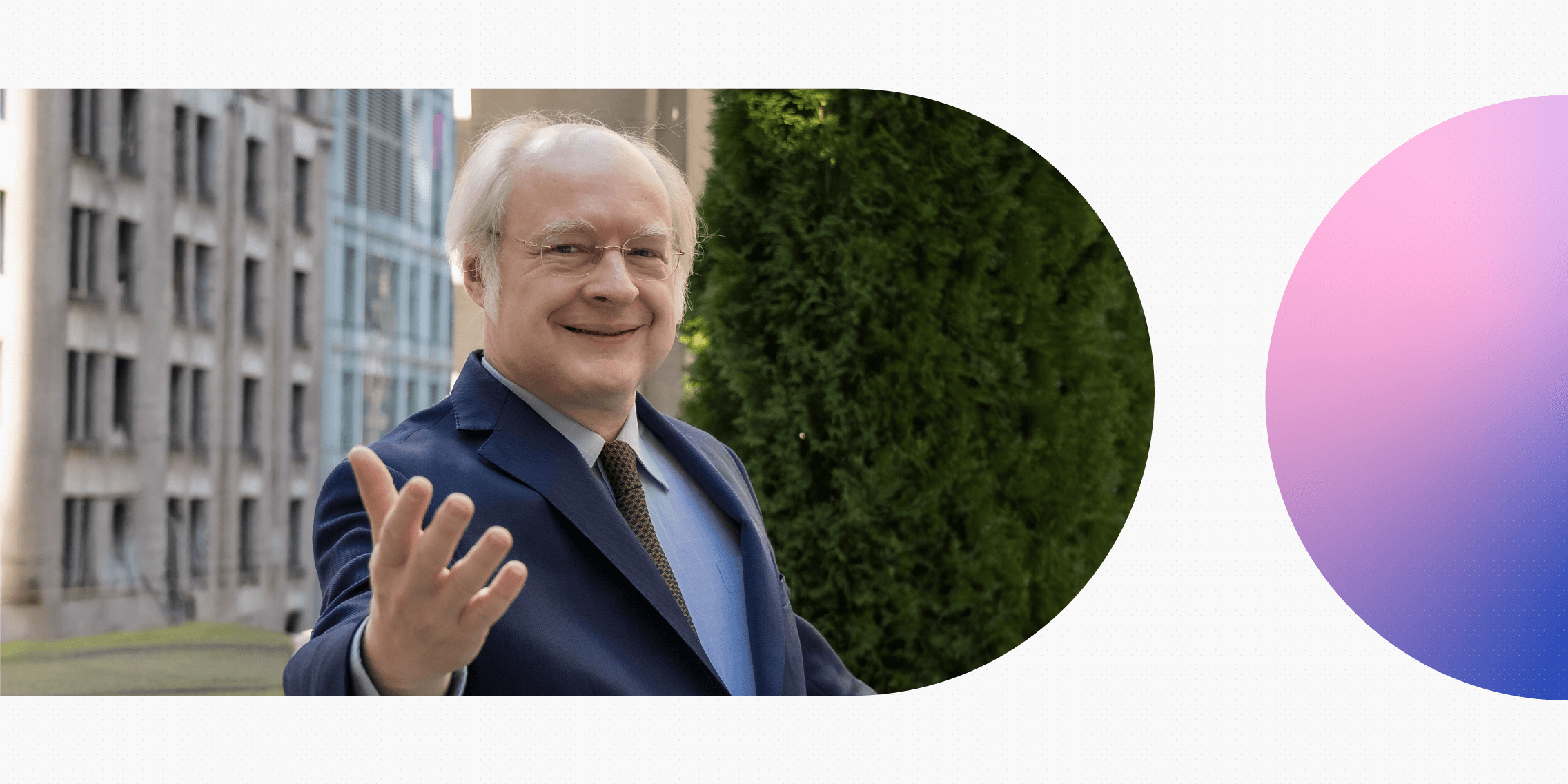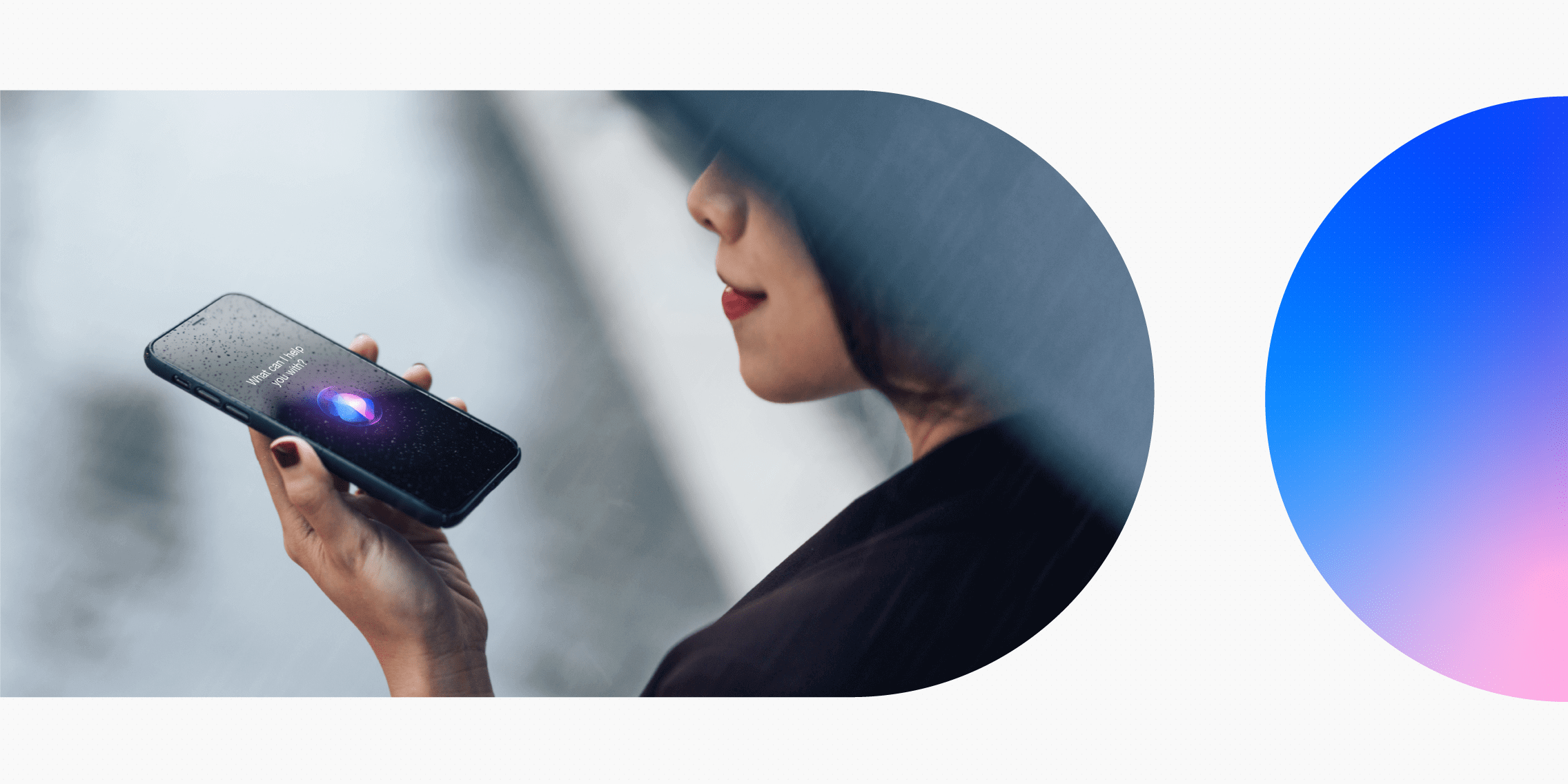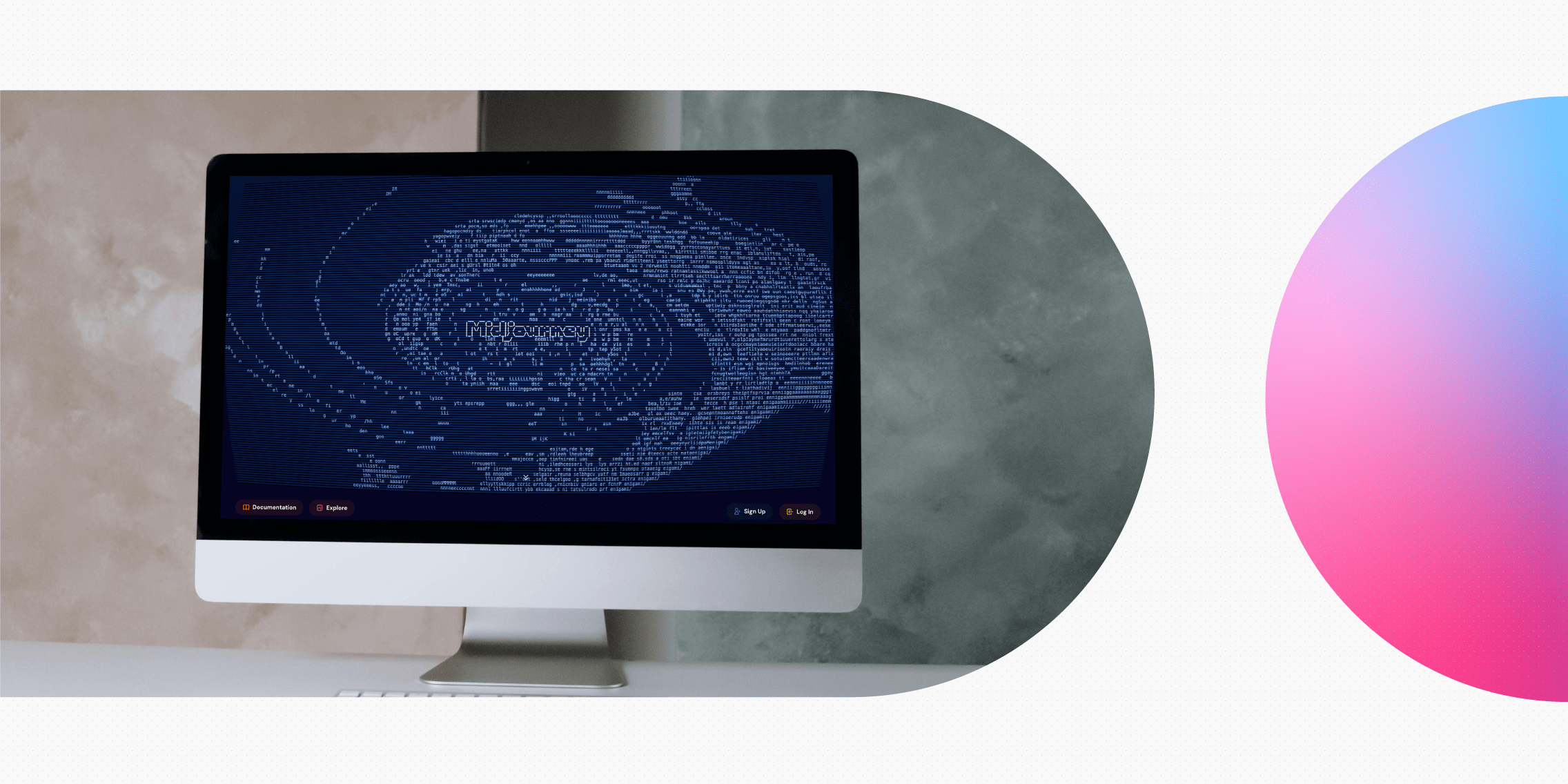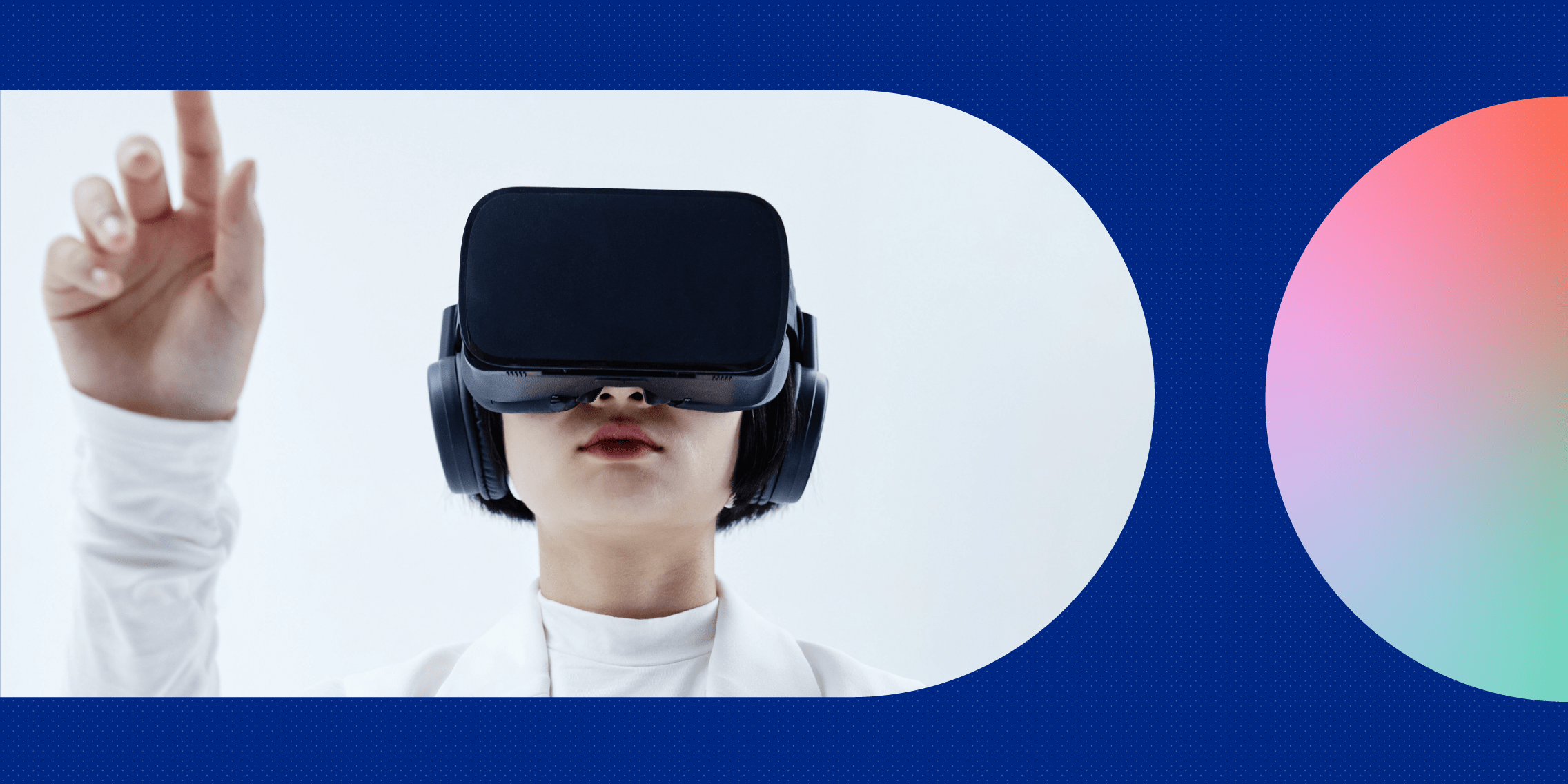As part of our UX Insiders webinar series, we caught up with Jakob Nielsen to hear his take on how AI will impact the UX industry. Read the highlights and key takeaways from the conversation here.
For many years, AI remained a distant possibility; an ambiguous speck on the horizon full of promise and potential, but not quite within our reach. Now, it’s very much arrived and the AI revolution is officially in full swing.
Now that it’s here, AI is fueling much excitement. But it’s also posing some very big questions—like just how ethical is AI, and what does it mean for human UX professionals?
With so much hype on the topic, we decided it was time to cut through the noise and get a much-needed reality check. And who better to call than renowned usability expert Jakob Nielsen?
Jakob Nielsen, Ph.D., is a usability pioneer with over 40 years of experience in UX. He is the Founder of UX Tigers, an online collection of UX insights serving the global design community, and has authored 8 books, including the best-selling Designing Web Usability: The Practice of Simplicity.
Not only has Jakob witnessed the industry evolve; he’s had an influential hand in shaping it—and continues to do so. With Jakob’s expert insights, we set out to get a handle on what AI really means for the UX industry.
We’ve rounded up the key insights from our conversation in this post. For the full rundown, check out the video: AI & UX — A reality check with Jakob Nielsen.
Where are we at with AI in UX right now?
It’s easy to fixate on future predictions and what-ifs. But, if we’re to truly understand the impact of AI on the UX industry, it’s crucial to start with the present.
As Jakob explains, we’re in year two of the AI revolution—and it’s just now starting to make a significant impact.
Perhaps unsurprisingly, ChatGPT (a form of generative AI) is overwhelmingly the most-used AI tool among UX designers.
Jakob attributes this to the quality of the AI itself. (For context: while traditional AI, sometimes referred to as Narrow or Weak AI, is trained to carry out specific tasks very well, generative AI goes one better: it has the ability to create new, original outputs.)
As such, generative AI is considered the next frontier, with tools like ChatGPT leading the way. Still, as AI technology advances and improves, Jakob predicts that we’ll see many more UX-specific AI tools emerging to level the playing field.
As for how UX designers are using ChatGPT and other AI tools, Jakob identifies several common use cases:
- Handling large volumes of text: AI is helping designers and researchers to quickly summarise, analyse, and rewrite text-based data. This is proving especially useful within the context of qualitative research and thematic analysis.
- Translation and internationalisation: Jakob notes how, traditionally, it was very expensive to conduct research on an international scale. But now, with built-in translation tools, you can interview people in different languages and have the AI translate.
- Image generation: Designers are increasingly using Midjourney and similar tools to help with tasks such as storyboarding, moodboarding, prototyping, and creating illustrations for personas.
Another major opportunity lies within the ideation process. Jakob explains:
AI is great for creativity, which may surprise many people. Studies have shown that AI comes up with more ideas faster than a human can. They’re not always the best ideas, but there’s a lot of them—and in ideation, quantity has its own quality. If you have many ideas, that’s a benefit.
And on that note, I have one piece of advice for how to use AI: never be satisfied with just one answer. Always ask it to do three or five or ten versions. Maybe you don’t use any of those ten versions but you stitch together bits and pieces from each, using your human judgement.
Hallucinations, inaccuracy, and a big usability problem: understanding the limitations of AI
Despite all the hype—and optimistic predictions for the future—it’s important to remember that AI technology is still in its infancy. It’s far from perfect, and anyone using it must be aware of its limitations.
Based on his own experience, Jakob notes several key issues with AI in its current form.
One is pretty famous: the issue of hallucinations. This is when the AI creates false or nonsensical information and presents it as fact. You’ll often need to check that what the AI tells you is indeed true.
Another source of frustration when working with AI is that it doesn’t always give you exactly what you want. AI isn’t the best at following directions, so it can be difficult to get the output you’re envisioning (especially with image generation tools). Iteration can also be tricky, as you can’t guide and instruct the AI to fine-tune specific aspects as you might with a human artist.
Perhaps most frustrating of all (especially for those in the UX space) is just how much AI tools are lacking when it comes to usability and the user experience. In Jakob’s own words:
The usability is often substandard. It’s amazing that the things we have known for thirty years or more [about UX] are often violated in these tools that have literally billions of dollars invested in them. The user experience is strong enough that people will use these tools because of what they can do—like generate ten ideas for free in ten seconds—but if you think about the interface, the controls, and the commands, AI tools are really lacking.
“ChatGPT is just like one long scrolling list, with no option to point or click on the bits you want to change; you have to describe what you want to change in another paragraph. This is history repeating itself, because when the web first came out, all the things we knew about good design went out the window.”
These limitations will no doubt be addressed and improved in the coming years. But for now, it’s important to understand AI’s flaws and shortcomings. This will enable you to better judge when and how to use AI, and how to combine it with your own human intelligence for the best possible results.
You’re not going to lose your job to AI, but you will lose it to somebody who uses AI if you don’t…
The advent of AI naturally sparks a lot of fear about job security. If AI can do all of these incredible things at such speed, where does that leave us in terms of future career prospects?
Jakob is confident that, while AI will boost productivity, it won’t reduce the need for human designers or take away jobs. Quite the opposite, in fact: Jakob predicts that it will actually create new jobs, opening up a wealth of opportunities in UX.
He explains a concept called the fixed work fallacy: the myth that the amount of UX work to be done is finite, and that if we double our productivity with AI, we only need half the number of human UX designers.
In reality, AI will make good design more affordable, meaning that more companies can and will prioritise it.
My personal prediction is that in ten years, there’ll be 3x as many UX people in the world as there are now—and I can very confidently predict that a lot of new jobs will be created.
The world needs vastly more UX work. There are so many bad experiences and hard-to-use things in the world that need to be fixed, and there will be lots of new things coming up. People invent new things all the time, and these will be in even more need of UX because they’ll be even more complex and advanced.
Jakob doesn’t envision a world where AI will replace UX designers—but he does emphasise the importance of embracing AI and learning how to use it. This will prove crucial for keeping your skill set up to date and staying competitive in the job market.
My prediction would be that if you look ahead five years or so, you can get twice as much work done with AI as without it. You’re not going to lose your job to AI—but you will lose your job to somebody who uses AI if you don’t, because if you have two people, same talent, but one gets twice as much work done in a day…who are you going to hire?
On that, Jakob strongly urges all UX designers, both new and seasoned, to start getting to grips with AI as soon as possible.
You better get with it and start learning how to use AI. Start small, but start now. There’s a skill to how we use these tools, and you have to learn it.
Is AI unethical? That’s for you to decide
There’s lots of discussion around the ethics of AI—not least because of how it’s trained. AI has acquired all of its knowledge by reading the entire internet, picking up biases and stereotypes that manifest in many ways.
“AI basically has the same stereotypes and biases that people have, because that’s how it’s been trained, and those stereotypes definitely come into play when using AI. I once wanted to generate an image of someone who looked like me, and so I just specified “a 66 year old man who’s half bald” and every single picture was generated with a grey beard. I couldn’t get it to draw somebody that looks like me, and that example is not a disaster by any means, but it does highlight that stereotypes exist within AI and they can be hard to get around.”
So what’s the solution?
Jakob emphasises the importance of human agency. We mustn’t underestimate our role here; as the humans using the tools, it’s our responsibility to use them ethically and fairly.
Humans need to be in charge of the computer. It’s not the job of the computer to judge humanity. It needs to be a tool, and then if people—humans—use the tool for unethical purposes, it’s the human who’s in the wrong, right? And there are rules against that; rules that already existed in the ‘old’ world, before AI. For me, whether or not you’re using AI is not really the point. The point is, are you being ethical? Are you treating people well?
It’s a bit like driving a car. You’re ultimately the one in the driver’s seat, steering the vehicle and telling it what to do. As such, it’s your responsibility to drive safely.
AI-driven personalisation: a new frontier for accessibility
Hyper-personalisation is one of the biggest trends in UX right now, and it’s set to reach unprecedented levels of sophistication thanks to AI.
We’re evolving from customisation, where the user chooses between different options, to personalisation, where the user experience is based on what the algorithm has already learnt about your preferences. And now, with AI, we’re moving towards individualisation—or “personalisation to the max,” as Jakob describes it.
Jakob explains:
“The next step [with personalisation] is to move from creating personas, which can represent millions of people for a large website, to designing for specific individuals. This means creating a user interface tailored precisely to the needs of one person, focusing on optimising usability.
With the advent of AI, personalisation can be done in a more elaborate and sophisticated manner, creating custom user interfaces tailored to each individual’s needs. This process is known as generative UI—similar to generative image-making, where a new user interface is generated for each person.”
This kind of hyper-personalisation has many different uses. Jakob cites the example of Google’s virtual try-on feature which uses generative AI to give shoppers a more realistic idea of how clothes might look on them specifically.
In a similar vein, Midjourney, the increasingly popular image generation tool, can generate images in a certain style based on other images you’ve liked.
And here’s where it gets really exciting. At such a precise level, AI-driven personalisation offers a huge opportunity for accessible design.
To paraphrase Jakob, if we can generate bespoke user interfaces that cater to each individual’s specific disability/disabilities, we can improve accessibility—and that person’s experience—tenfold.
I feel like there’s a lot of potential for departing from the traditional model of one-size-fits-all, because it doesn’t. Humans are all so different.
The ability to individualise the user experience holds enormous potential—whether it’s for selling more, or helping people with disabilities.
“Right now, that’s done through an accessibility approach that honestly doesn’t really work very well. But if we can create a custom user interface just for that person that takes their disability into account—say, an auditory user interface for a visually impaired user, or simplified content for people who struggle with literacy—that’s very promising.”
Looking to the future (and some final words of wisdom from Jakob)
Looking to the future, Jakob maintains that the biggest impact AI will have on the UX industry will be to boost productivity. It won’t take work away from human UX designers, but it will initiate a shift in what UX designers focus on.
I don’t think [AI tools] will replace designers, but there will definitely be a design tool that allows you to gain twice the productivity of what you did before because you don’t have to focus on lower-level design details. You’ll need to operate at a higher level, think more about the higher-level design problems, because that’s what the AI cannot do. I believe this will result in greater job satisfaction, because you can focus on the deeper, more interesting stuff.
Importantly, Jakob emphasises that AI is an aide, not a replacement for human designers. He describes it as a collaborative effort; a merging of intelligences:
It’s a collaboration, a synergy. AI can do a lot of things for you, but it shouldn’t be the one doing the final work, and you want to add some human judgement and intelligence, so it becomes a combination. Right now, the AI is like a junior colleague or intern; somebody who is not quite the senior expert yet. Maybe in five years that could be different, but in any case we should consider AI as a colleague and have a collaboration between the two types of intelligence.
Besides the impact of AI on designers, another key consideration is how AI might impact the user journey, particularly in the realm of web search. Will tools like Perplexity, an AI-powered answer engine, replace traditional search (i.e. typing something into Google)?
Jakob sees it as a strong possibility, noting that tools like Perplexity AI can improve the search experience in many ways. Perplexity in particular is very good at predicting what additional information you might need beyond what you asked for—and it generates a custom answer just for you.
That’s pretty exciting from a user perspective, and will of course have a huge impact on companies/creators who generate much of their website traffic from search. Watch this space…
After speaking with Jakob, we can’t help but feel excited about the future of AI and UX. For further insights, we recommend checking out the full conversation with Jakob over on YouTube.
If you’d like to learn more about what’s happening in the UX industry, consider these posts for your next read:
- Your guide to landing a job in UX: Top insights from the UX Design Institute’s State of UX Hiring Report 2024
- Is the UX job market oversaturated? An in-depth analysis and outlook for 2024
- Want to start a career in UX? Here’s why bootcamps and free courses are not the answer
- Will AI (Artificial Intelligence) replace UX Designers?





